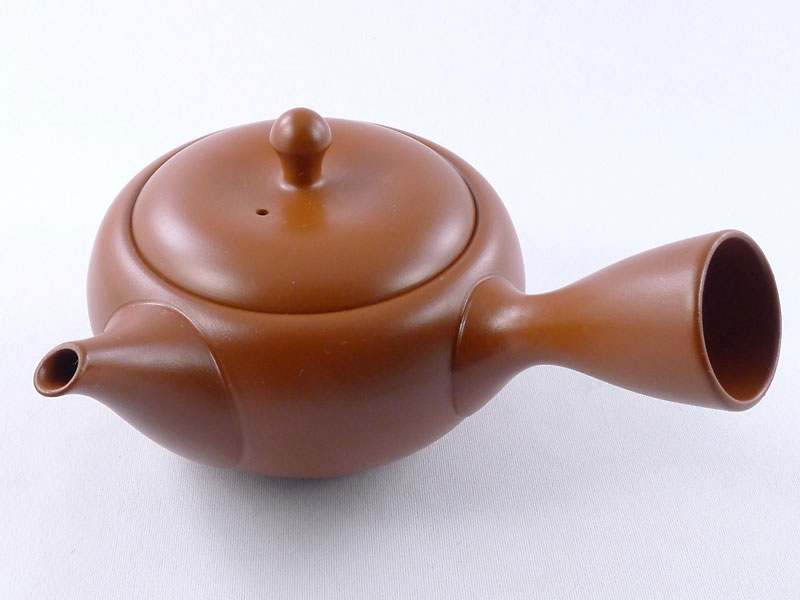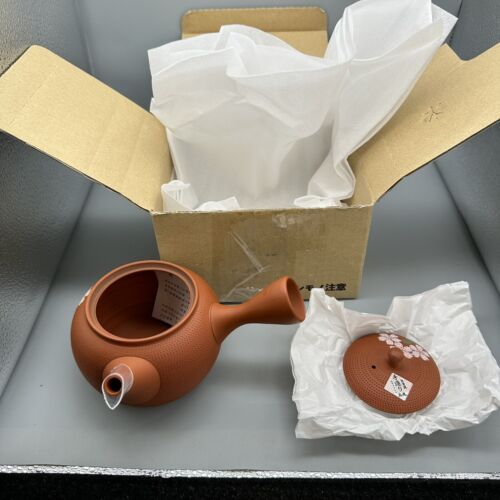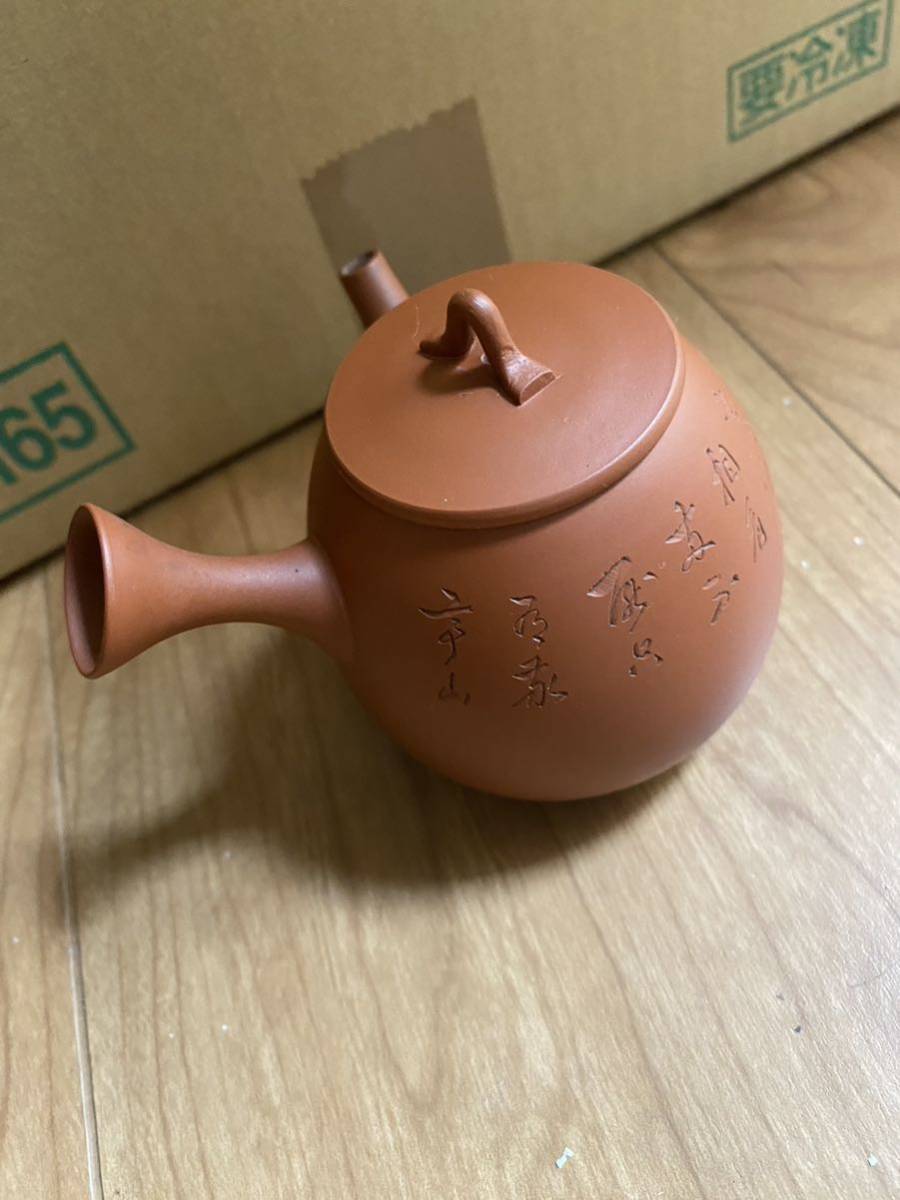I’m thrilled to share a fun part of my daily tea routine – the art of brewing Japanese green tea using a Kyusu, specifically the Youtobi Japanese Kyusu Tokoname Clay Teapot.
This isn’t just an ordinary teapot; it’s a vessel that brings out the best in green tea.
Now, from my decade-long experience in teas, brewing the perfect cup is a delicate balance act. It’s a play between the correct water temperature, the right amount of tea leaves, and the ideal steeping time. And trust me, the Kyusu teapot is your perfect partner in this dance.
Here’s what you’ll need:
- A Kyusu teapot
- A buzkashi, or a water-cooling pitcher
- A teaspoon
- Your favorite teacups
Once you’ve gathered these essentials, let’s dive into the brewing process.
How to make Tea with Youtobi Japanese Kyusu Tokoname Clay Teapot
Step 1: Cool Water & Measure Tea
First things first, we’ll need to prepare our water. I love to use an over-the-stove kettle, but an electric one will do just as well. After boiling fresh water, let it cool down in your yuzamashi to reach the optimal temperature for brewing green tea.
Step 2: Add Tea
Now, let’s move on to the green tea leaves. Take about a teaspoon or five grams. I remember brewing tea in my Youtobi Japanese Kyusu back in Tokyo, about 7 years ago. The clay teapot adds a special richness to the tea, and the leaves unfurl beautifully inside.
Step 3: Add Water
When the water has cooled down, slowly pour it into your kyusu, filling about 90% of its capacity. Always leave some room at the top for a cleaner pour later.
Step 4: Infuse
Then, replace the lid on the Kyusu and let the tea infuse. Typically, a steeping time of one to two minutes for Japanese green tea is sufficient.
Step 5: Pour
At last, the long-awaited moment arrives. Seal the lid with your thumb and carefully pour your freshly brewed tea from the kyusu into the cups, ensuring an even distribution. Make sure not a drop of this precious tea goes to waste. A tip from my experience: pour small amounts into each cup, alternating between them.
And there you have it – your perfect cup of Japanese green tea using a Kyusu. So, sit back, relax and enjoy your tea moment.
MORE FACTS & TIPS ABOUT KYUSU TEAPOTS
As a tea lover who have spent years exploring different brewing techniques, I’ve gathered some interesting tidbits about our dear friend, the Kyusu teapot.
Have you noticed the dip inside the bottom of many kyusus? This isn’t just a random design choice; it serves a specific purpose. I found this feature particularly fascinating when I first discovered it years ago – it’s a testament to the thoughtful design of the Kyusu.
The dip acts as a small reservoir, capturing extra water between infusions, ensuring the tea leaves don’t continue brewing from residual water.
You might notice a plastic ring on your Kyusu’s spout. Don’t remove it; it prevents annoying drips while pouring. It may seem small, but it adds to a better tea-drinking experience.
Kyusus are often crafted from tokoname clay, known for excellent heat retention that enhances tea flavor, making my tea time richer.
The clay is porous and will absorb the soap, potentially affecting your tea’s taste. Just rinse it out with hot water after use. When cleaning your Kyusu, here’s a crucial rule: never use dish soap.
Similarly, never place your kyusu directly on a flame or stove. It’s not designed for this type of heat exposure and may cause damage.
Lastly, after cleaning your Kyusu, let it dry naturally with the lid off. This helps prevent unwanted moisture or odors from being trapped inside, ensuring your next brew is as fresh and flavorful as possible.
These tips will help you make the most of your Kyusu teapot, elevating your tea experience from ordinary to extraordinary. Enjoy your brewing journey!
Guided by Spiritea Drinks
Read More:
- How to make tea with Teabloom Stovetop & Microwave Safe Teapot (40 OZ)
- My Tips and Experiences with the CHAISH Glass Teapot
- How to make Tea with Primula Half Moon Teapot
- Master the Art of Brewing Tea with the GROSCHE Aberdeen PERFECT TEA MAKER
- Crafting the Perfect Brew with Your COSORI Glass Teapot
- Preserving the Charm of Your British Royal Series Porcelain Tea Set
- How to make Tea with CUSINIUM Glass Teapot Set
I’m Shanna, creator of Spiritea Drinks. I’m all about teaching people to grow their own food, tea, cook what they harvest, and eat with the seasons.



